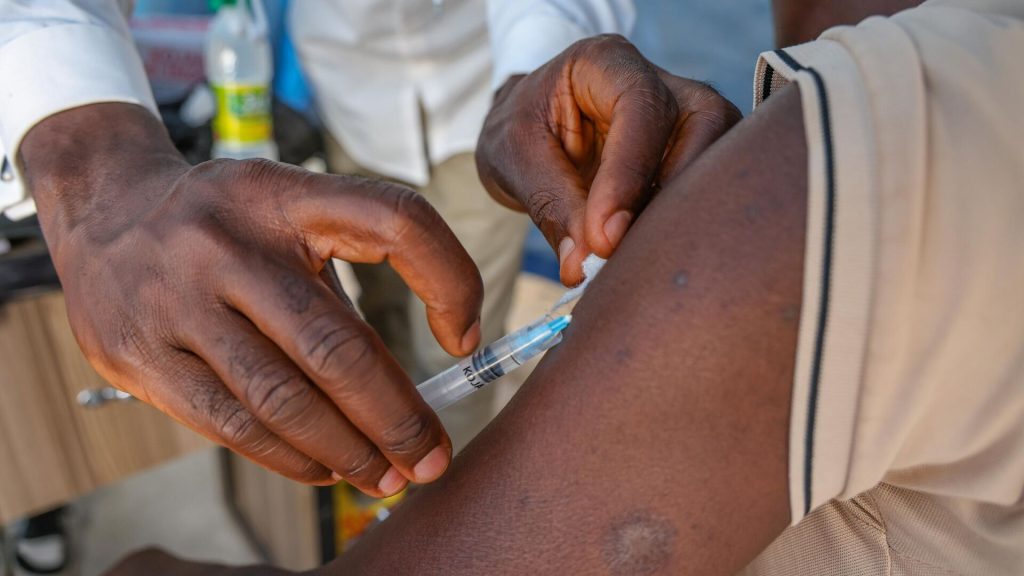

Mpox, once a rare zoonotic illness, has re-emerged with force across Africa in 2025. Following WHO’s declaration of a Public Health Emergency of International Concern (PHEIC) in August 2024, cases continue to surge—over 52,000 confirmed and 1,770 deaths continent-wide by mid‑2025. Malawi alone reported 11 cases since April, highlighting strained systems and vaccine shortages. This post explores key aspects: how the outbreak unfolded, the new clade 1a variant, vaccination efforts, and what’s needed to stop the next wave.
Q1: Is mpox fatal?
—Rarely (< 5%), but higher fatality in Clade I and immunocompromised individuals.
Q2: How is it transmitted?
—Close contact, bodily fluids, respiratory droplets, contaminated objects.
Q3: Who should be vaccinated?
—Close contacts, healthcare workers, immunocompromised persons; mass vaccination not recommended.
—Limited travel-associated cases reported in U.S. in early 2025, but general risk is low.
Mpox’s resurgence in Africa amid a new Clade 1a variant, vaccine access disparities, and structural vulnerabilities remains a pressing concern. Yet, targeted vaccinations, robust surveillance, community education, and sustained international collaboration offer a path out. African leaders, global partners, and local communities must act now to contain this outbreak before it escalates.
💬 Thank you for reading! Mpox is a growing concern, and your thoughts matter—have you or your community been impacted by the outbreak? What do you think governments and health agencies should prioritize right now? Let’s talk below! 👇